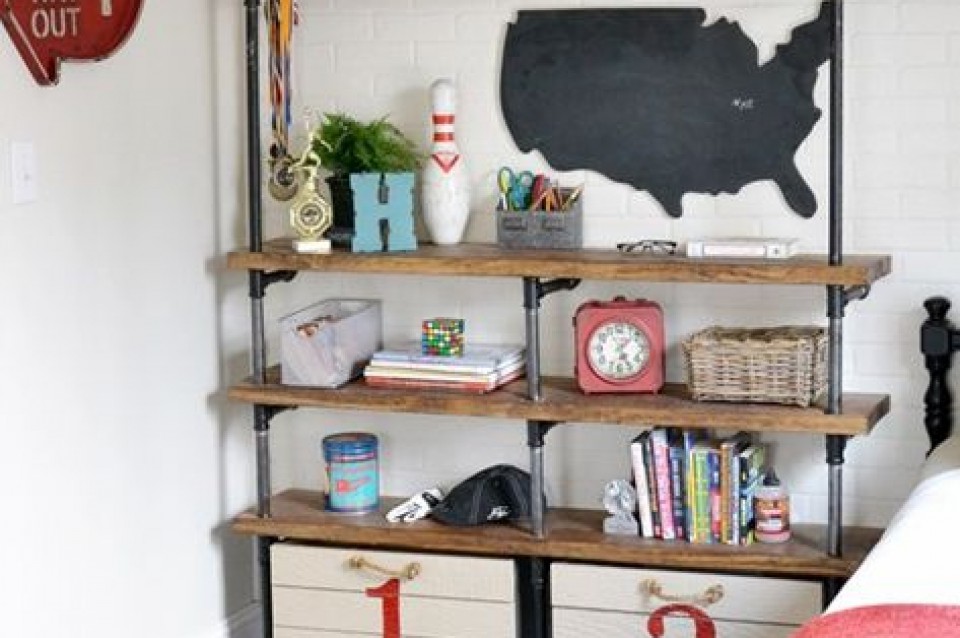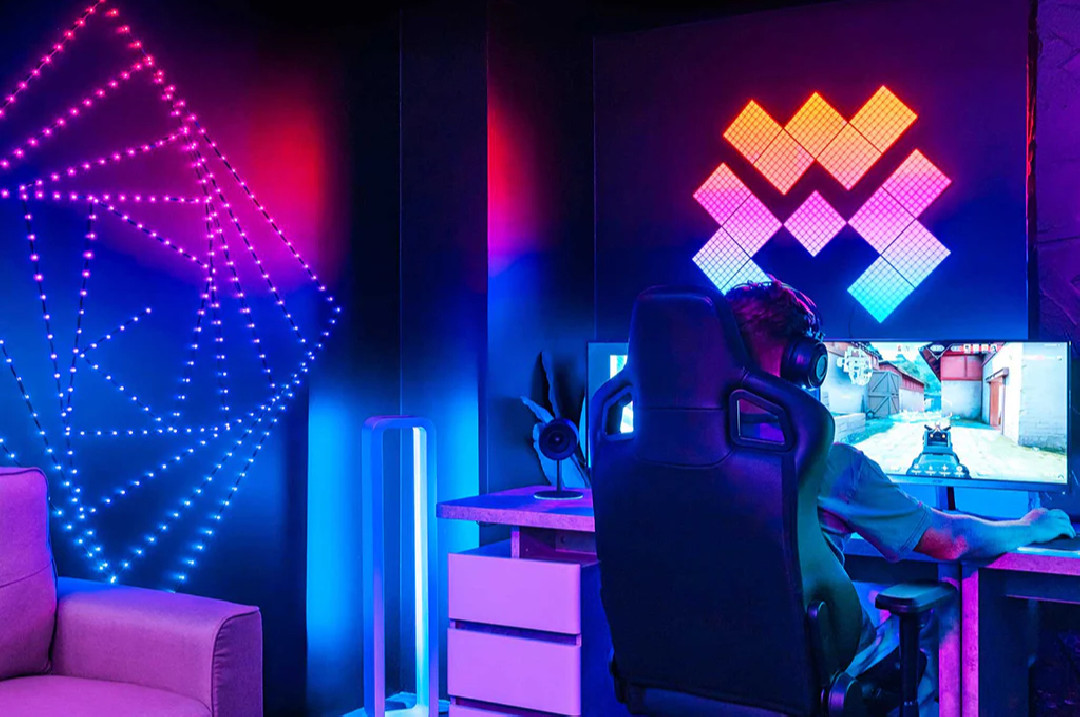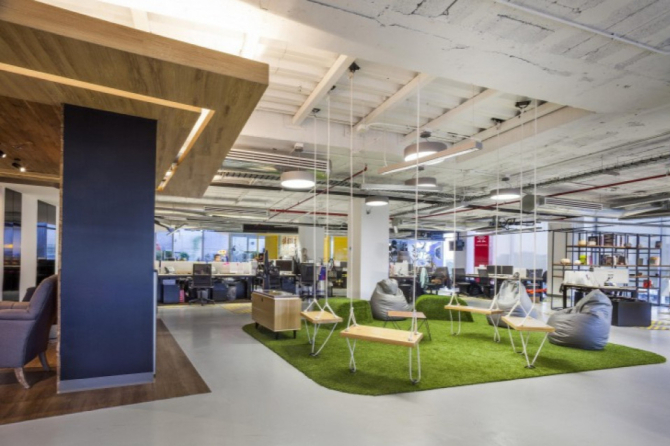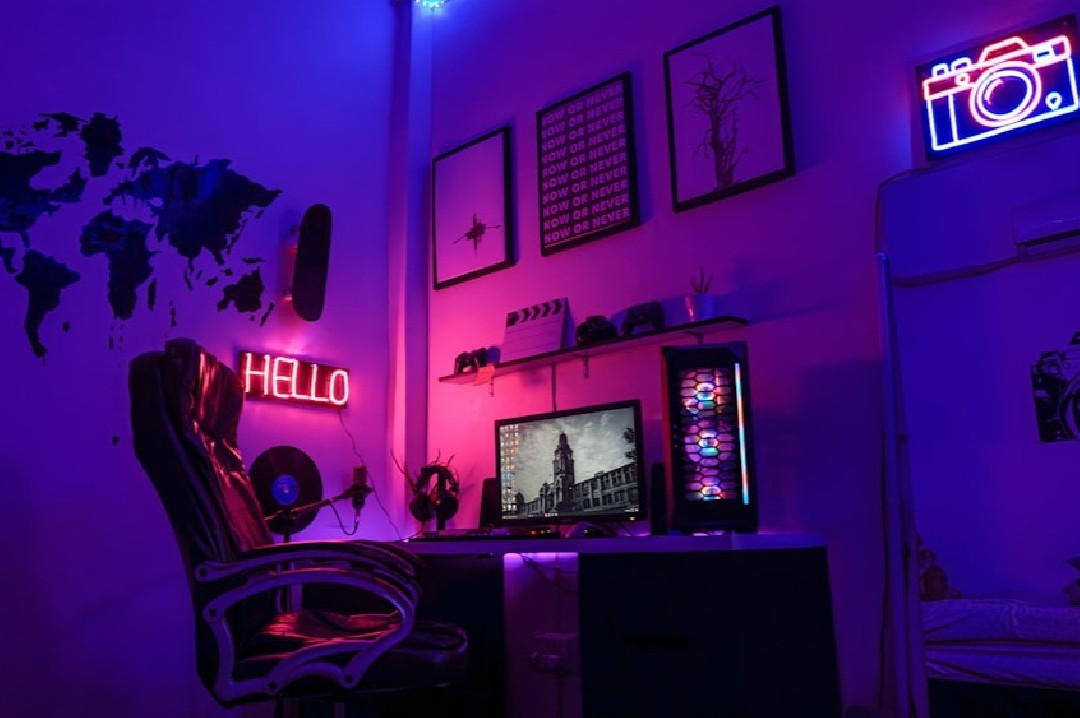Children's Playroom at Home: A Touch of Luxury with Creative Design

Introduction
Every parent dreams of a home that is not only comfortable to live in but also optimally supports the development of their children. One important element that is often overlooked is the children's playroom within the house. Designing this space involves not only visual aesthetics but also considering the safety, creativity, and comfort of the children. In the journey of a child's development, a playroom in the house plays a crucial role. It is not merely a place to expend energy, but an environment that can provide learning experiences, creativity, and fun. A well-designed children's playroom is not just an entertainment facility, but also a growth and self-expression arena. In this article, we will explore every element of children's playroom design, discussing it in depth from concept planning to technology implementation, aiming to create a playroom that is not only attractive but also ensures the safety and comfort of the children.
Ensuring that children have a playroom that supports their development is a valuable investment for the family. A children's playroom in the house is not only a place to play but also an environment where they can grow, learn, and express themselves freely. In this article, we will discuss every aspect of children's playroom design that includes creativity, safety, and fun.
1. Interactive Play Innovations

Interactive educational games are an effective means of incorporating technology into children's learning processes. These apps and games are specifically designed to stimulate cognitive, motor, and creative development. By providing access to educational games, the children's playroom becomes a place full of intellectual stimulation.
Involving children in the use of technology is not just for entertainment purposes but also for building the foundational knowledge and skills necessary for everyday life. The choice of interactive games can be tailored to the children's age and interests, creating a focused learning experience that matches their development.
2. Educational Technology

Utilize technology to support children's learning. Touch screens with educational apps or interactive image projectors can create a fun and engaging learning experience.
3. Consistent Thematic Approach

Choose a specific theme for the playroom and apply it consistently. Wall decorations, furniture, and toys with a consistent theme will provide a strong visual identity and create a comprehensive play experience.
4. Primacy of Comfort and Safety

Comfort and safety are irreplaceable foundations in designing a children's playroom. By prioritizing safety, we create an environment where children can play and learn freely without compromising their comfort. By prioritizing comfort and safety in every aspect of the playroom design, we provide assurance to parents that their children can explore and play safely. Integrated safety in design not only offers peace of mind but also creates a playroom that supports children's development with joy and without worry.
5. Creative and Artistic Zones

In designing a holistic children's playroom, creative and artistic zones play a crucial role in uncovering and developing children's talents and imagination. By dedicating a specific area for art activities, the playroom will be a place that not only entertains but also stimulates children's creativity and self-expression. By dedicating a creative and artistic zone in the playroom, children not only play but also learn and grow through their creative expressions. This helps develop fine motor skills, sensory stimulation, and creative thinking abilities.
6. Creative Lighting
Lighting is not just a functional aspect in the design of a children's playroom but also a key element that can create a magical and enjoyable atmosphere. By choosing bright and creative lighting, the playroom can become a place full of wonder and inspiration. Pendant lights with unique designs are one option that can provide an aesthetic touch to the playroom. Choose lights with interesting shapes, perhaps inspired by cartoon characters or the playroom's theme elements. These pendant lights not only provide optimal illumination but also become impressive decorative elements.
7. Concept Design Planning
Before starting the design process, it is important to consider a concept that will guide the entire project. Are the children more interested in nature, adventure, or fantasy worlds? Perhaps a space theme or adventure island? This concept will be the foundation for all subsequent design decisions. For example, if the children love exploring nature, the design concept can be inspired by the beauty of forests, mountains, or the ocean. By incorporating natural elements like leaves, flowers, or animals into the design, the playroom will become a place where they can experience the wonders of nature indoors. On the other hand, if the children have a vast imagination related to adventures, perhaps a space theme or adventure island will spark their curiosity. The design can include elements like faux spaceships, treasure maps, or replicas of exotic islands. This will create an atmosphere that allows children to explore and create their own adventure stories.
8. High-Quality and Safe Furniture
In the effort to create a stunning children's playroom, the choice of furniture is crucial. Consider not only aesthetics but also the comfort and safety of the children. One element to pay attention to is the selection of bean bag chairs that are not only soft but also made from child-friendly materials. The choice of colors and designs can be adjusted to the overall theme of the playroom, creating a harmonious touch. Invest in high-quality furniture that is comfortable and safe for children. Soft bean bag chairs, easy-to-clean activity tables, and storage cabinets with anti-pollution designs will create a functional and aesthetic space.
Conclusion
Designing a children's playroom at home is a journey that requires careful planning and creative thinking. In crafting each element, three main factors must always be considered: creativity, safety, and fun. Only by combining these three can we create a children's playroom that is not only luxurious but also optimal for supporting children's development. By emphasizing creativity in the design concept, we give children a world where their imagination can thrive freely. Concepts inspired by nature, adventure, or fantasy worlds will create a foundation that sparks curiosity and excitement. This is not just a playroom but a stage for children's creativity and dreams to shine.
However, it is not only about creativity; safety also serves as a primary foundation. From choosing child-friendly materials to avoiding sharp edges, every element is designed to provide the best protection for the little ones. The playroom should be a safe world where joy never stops, yet safety remains a top priority. And of course, fun is the breath of the playroom. Creative lights, art zones, and interactive games create an atmosphere of perpetual joy. Involving children in fun learning experiences provides them with the opportunity to grow and develop while continuously smiling. Remember, every design should be tailored to the children's character and interests. By involving them in the planning process, we create a playroom that not only reflects the children's desires but also becomes a witness to many beautiful memories they will carry into adulthood. The playroom is not just a place but a stage for growth and happiness.









